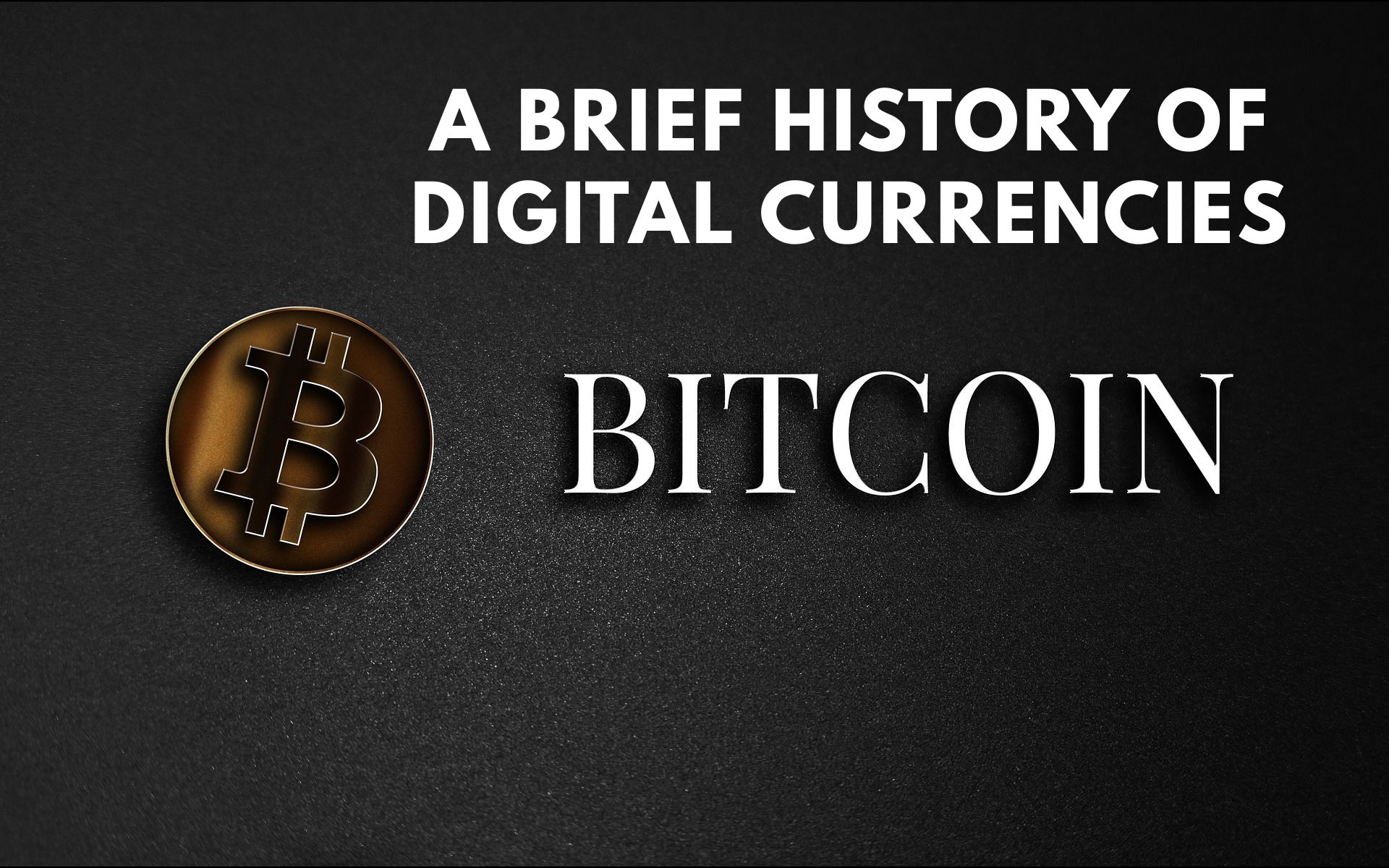A Brief History of Digital Currencies “The way we view money and financial transactions has changed as a result of digital currencies. Although the idea was first proposed in the 1980s with initiatives like DigiCash, digital currencies did not become widely recognized until 2009 with the introduction of Bitcoin. Blockchain technology, which was made possible by Bitcoin, allowed for peer-to-peer, decentralized transactions without the need for a central authority.
Since then, dozens more cryptocurrencies have appeared, each with special characteristics and applications. Digital currencies are still developing, influencing the direction of international trade and posing a threat to established financial systems, from centralized digital payment systems to decentralized finance (DeFi).
A Brief History of Digital Currencies
In the twenty-first century, digital currencies have swept the globe, upending financial systems and casting doubt on the idea of money itself. From early theoretical concepts to the current thriving crypto economy, this essay offers a succinct yet thorough examination of the development of digital currencies.
Early Concepts of Digital Money.
The idea of digital money predates the existence of cryptocurrency. As early as the 1980s and 1990s, computer scientists and cryptographers began experimenting with the idea of utilizing the internet to ease money transmission, independent of centralized institutions.
DigiCash used a concept known as “blind signatures” to deliver anonymous and secure electronic payments.
The Rise and Fall of Early Digital Currencies.
Other virtual currencies surfaced in the years after DigiCash. Online money storage and transfers were made possible by initiatives like Liberty Reserve (2006) and e-Gold (established in 1996). At its height, e-gold drew millions of users and was supported by actual gold holdings. However, many of these sites were later shut down by government authorities due to regulatory concerns and links with illegal behavior.
These early failures highlighted a key challenge: digital currencies were still centralized. They relied on single entities that could be regulated, compromised, or shut down. What was needed was a decentralized system—a network that could operate without a central point of failure.
The Birth of Bitcoin (2008–2009).
The decentralized digital currency fueled by blockchain technology—a public ledger that logs transactions over a dispersed network of computers—was suggested in the whitepaper.
Bitcoin, in contrast to earlier attempts, resolved the double-spending issue without the need for a centralized authority. By introducing proof-of-work as a consensus mechanism, it allowed users to have faith in the system solely based on computational power and mathematics.
At first, Bitcoin was a specialized initiative supported by computer enthusiasts, libertarians, and cryptographers. But as time went on, more people were interested in it because of its decentralized and censorship-resistant features.
The Growth of the Crypto Ecosystem.
Developers started producing alternative cryptocurrencies, or altcoins, to enhance or provide distinct features after Bitcoin’s breakthrough. The most well-known early altcoins were Ethereum (2015), Ripple (2012), and Litecoin (2011).
By incorporating smart contracts—self-executing agreements that operate on the blockchain—Ethereum, in particular, completely changed the landscape of digital currencies. Decentralized applications (dApps) and the emergence of the Decentralized Finance (DeFi) movement were made possible by this breakthrough.
Stablecoins, or cryptocurrencies linked to fiat currencies like the US dollar, Non-Fungible Tokens (NFTs).
Regulation and Mainstream Adoption.
In order to handle the issues raised by cryptocurrencies, such as money laundering, tax evasion, and investor protection, nations such as the United States, China, and EU members started creating legislative frameworks.
Widespread adoption increased quickly in spite of regulatory uncertainty. Prominent corporations such as Tesla, PayPal, and Visa have incorporated cryptocurrency payments or services. Retail investors poured into the market during the 2017 and 2020–2021 bull runs, while financial institutions.
The Road Ahead.
Digital currencies are now a multitrillion-dollar sector that affects everything from real estate and gaming to art and banking. The innovation underlying digital currencies is still developing, despite the continued volatility and the existence of regulatory obstacles.
The idea of money is changing significantly, whether it is through governments testing CBDCs
Conclusion.
Digital currencies have a history of invention, failure, resiliency, and expansion. Digital currencies have advanced significantly from obscure academic concepts to international financial tools. The journey of digital money is far from over as society and technology continue to change. We have yet to write the next chapter, which may be characterized by widespread.




